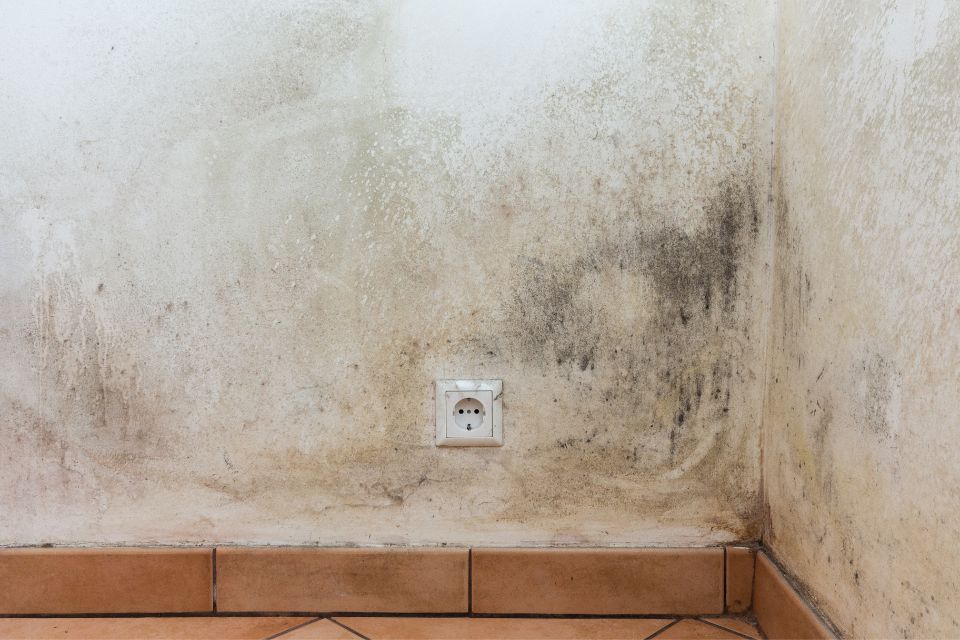Condensation occurs in your home when warm, moist air meets a cold surface – whilst seeing it on your glass might mean your G&T is perfectly cold, it does spell trouble for walls, window sills and carpets. This article aims to answer some questions about condensation and give you practical advice on how to prevent condensation in your home, therefore avoiding that dreaded black mould…
Why is condensation so common?
Condensation is often attributed to the modern way houses are built to eradicate drafts, and instal insulation that means our heating doesn’t need to be on all the time.
Back when period homes were built, they came with open fireplaces and ill-fitting windows and doors, which meant the moist air from cooking, bathing or drying clothes was dried by the fire or escaped easily through tiny gaps.
These days, during the colder months when line drying isn’t so easy, we tend to dry our clothes on radiators, hanging in infrequently used rooms or commonly a tumble dryer. This extra moisture in the air, added with modern conveniences such as showers, baths, hairdryers and hobs, means the air indoors cannot hold onto the moisture or find a way outside.
As soon as that warm moist air hits the wall or window in a perfectly sealed house, bam – condensation!
Why does black mould grow in damp rooms and how dangerous is it?
Improving ventilation is the key factor in preventing condensation causing black mould in your home. Moisture can get trapped behind wardrobes, behind the curtain where it comes into contact with the wall, or if there are teddies and other items on the windowsill. It forms black mould in corners of kitchens and living rooms, even the rich and famous can’t always escape it (ahem, JK Rowling)!
But how bad is it for your health? Black mould is a fungus, like any other mould. Which produces microscopic spores that can create respiratory issues, such as coughing, wheezing, shortness of breath and exacerbating asthma. You may suffer nasal congestion, sneezing and itching in the nose and other inflammatory conditions such as bronchitis or hypersensitivity pneumonitis. Infections in the airways including aspergillosis have also been noted, and in the most severe cases, caused death, such as in the case of young Awaab Ishak.
Black mould grows through lack of ventilation in damp conditions and can be very dangerous.
Preventing condensation
From the previous statement it stands to reason that the best way of preventing condensation causing black mould is to improve ventilation and reduce the moisture levels in the air. This can be difficult to achieve in certain circumstances as we all know. Cold weather is not conducive to open windows and cold showers!
You could however try these practical solutions:
- Instal airbricks, and certainly ensure existing ones aren’t blocked or obscured in any way
- Make sure you open the ventilation flaps at the top of the windows
- Use the bathroom and utility extractor fans
- Use the hob extractor fan when cooking
- Open the window in the room where the laundry is drying, and keep the door closed!
But there is one other way…
Raise the temperature of the cold walls:
Iso-Therm is an exciting new product designed especially to do just that, without creating any mess in your house.
It’s only 4mm thick and is applied to the wall with special adhesive, by contractors such as us. It’s flexible so fits well around tricky corners and its effect is immediate. You will see a distinct lack of condensation from the day it’s applied.
Iso-Therm is used by landlords to protect their tenants, and by homeowners alike, if you’d like to talk about its application in your properties or home, please click ‘book a survey’ on the Iso-Therm page and someone will call you right back.

